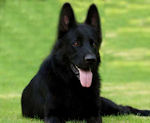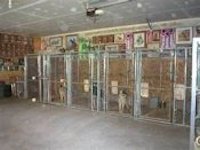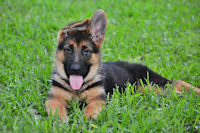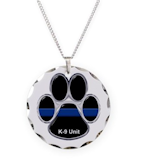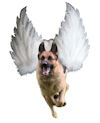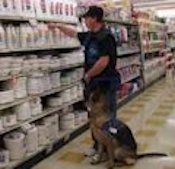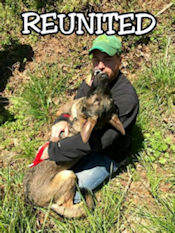 Free/Lost/Found/Stolen/Missing German Shepherds Dogs
Free/Lost/Found/Stolen/Missing German Shepherds Dogs
![]() German Shepherd Dog Owner, Trainer and Breeder Gifts
German Shepherd Dog Owner, Trainer and Breeder Gifts
![]() German Shepherd Gifts for Owners, Trainers and Breeders
German Shepherd Gifts for Owners, Trainers and Breeders
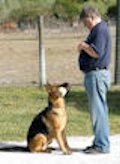 German Shepherd Obedience Trainers
German Shepherd Obedience Trainers
 German Shepherd Protection Dogs
German Shepherd Protection Dogs
 German Shepherd Schutzhund/IPO Clubs and Organizations
German Shepherd Schutzhund/IPO Clubs and Organizations
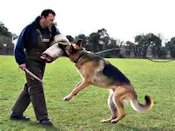 German Shepherd Schutzhund/IPO Protection Dog Trainers
German Shepherd Schutzhund/IPO Protection Dog Trainers
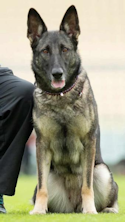 German Shepherd Working Line Dogs
German Shepherd Working Line Dogs
Error!
This category does not exist. |



 Categories
Categories  Areas
Areas  Place a FREE ad
Place a FREE ad
 Colors
Colors 










